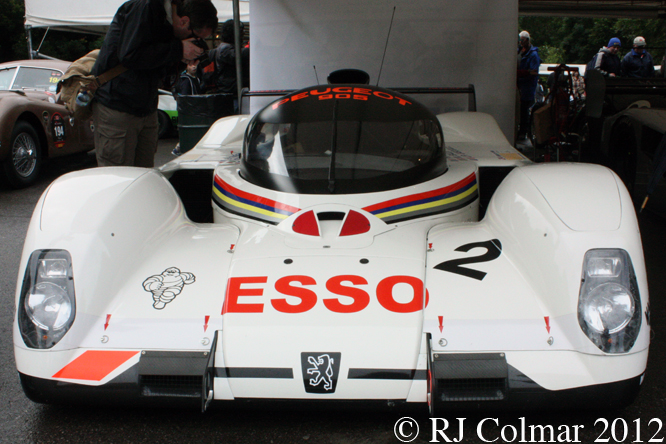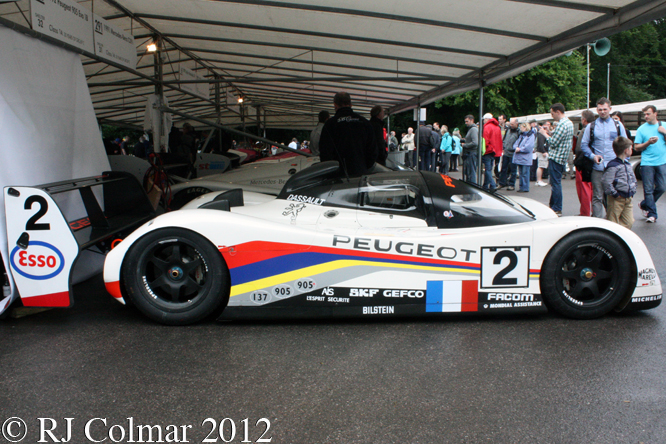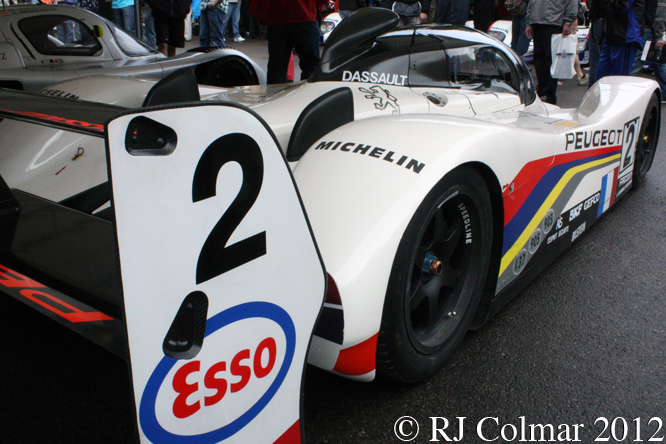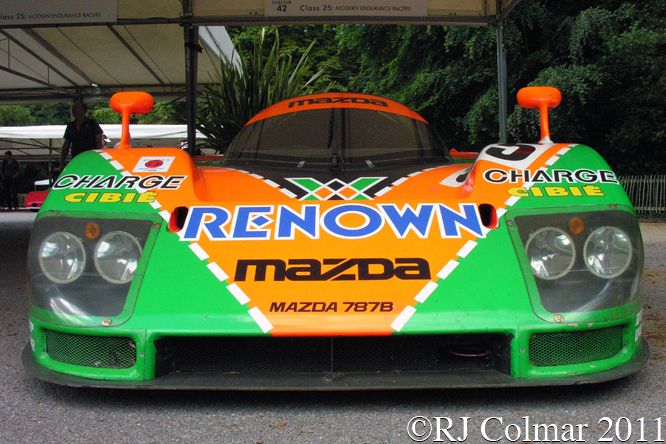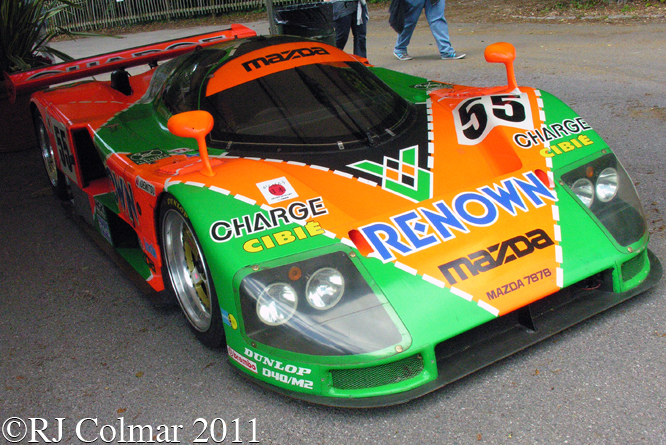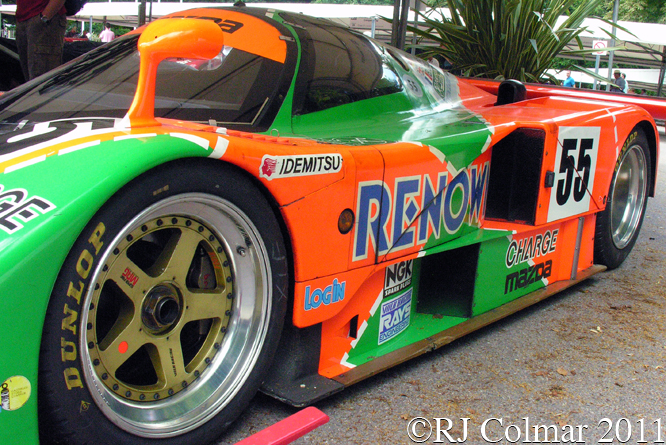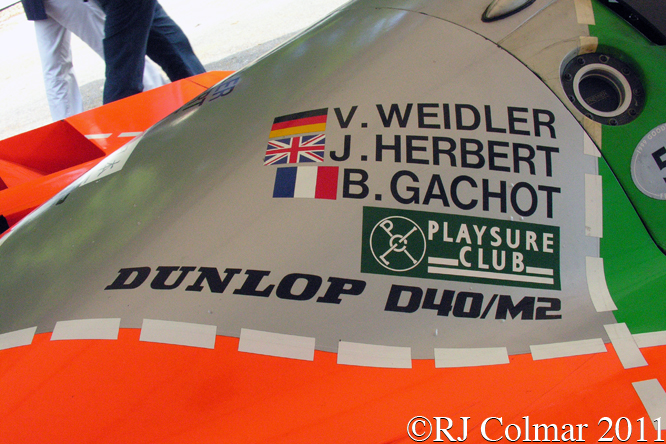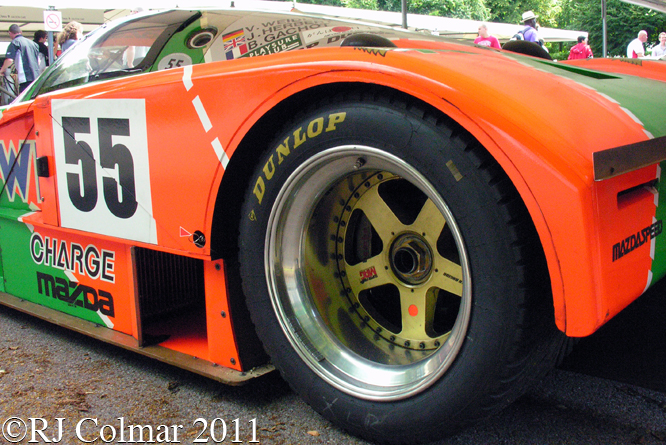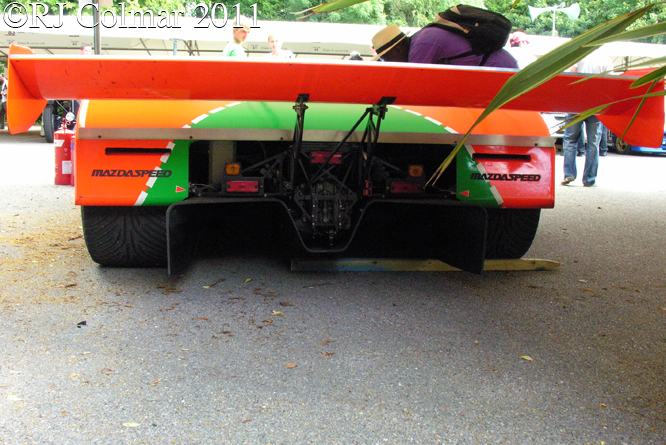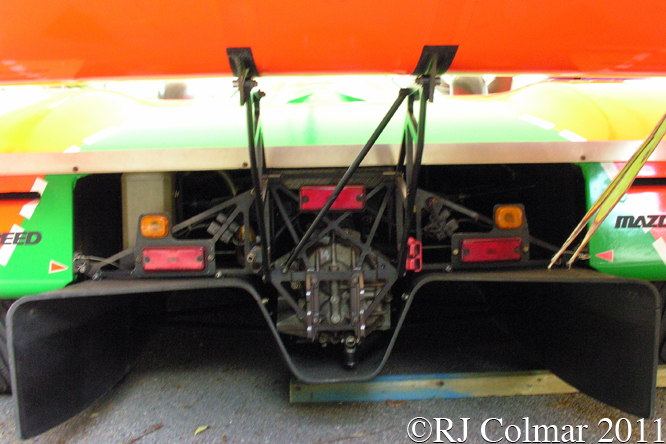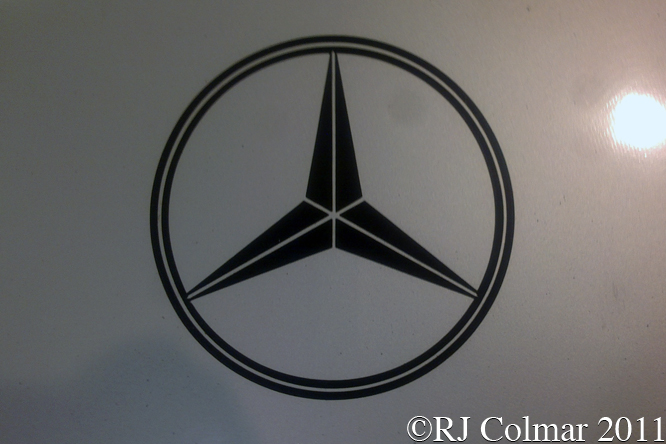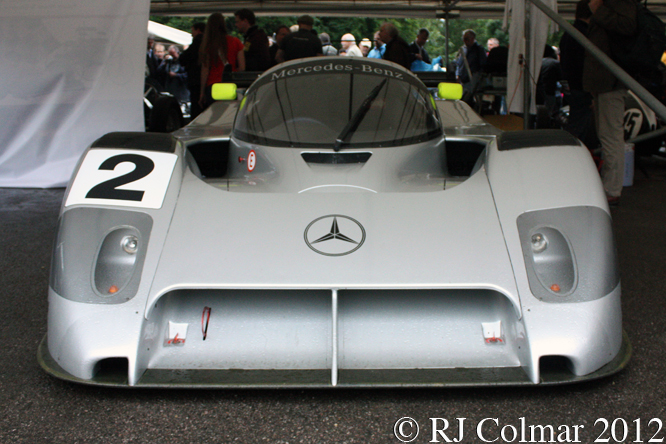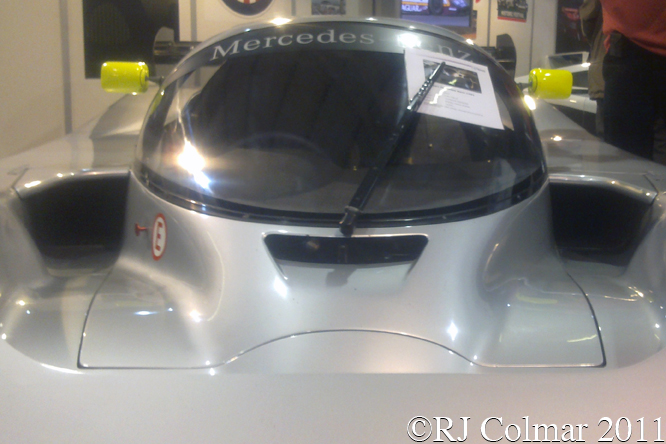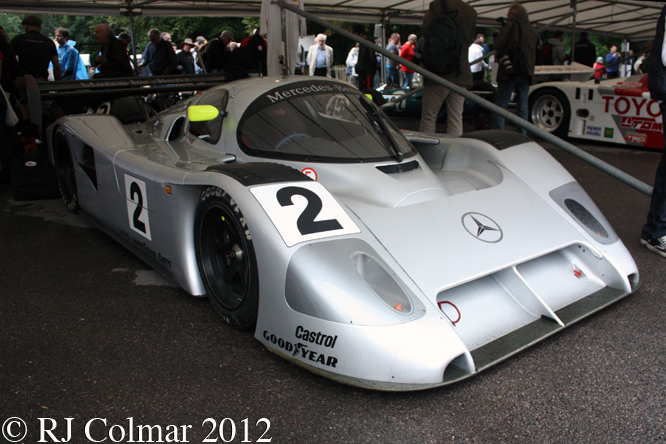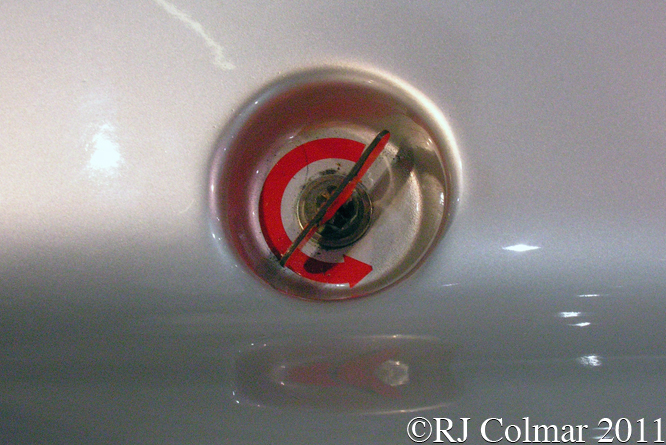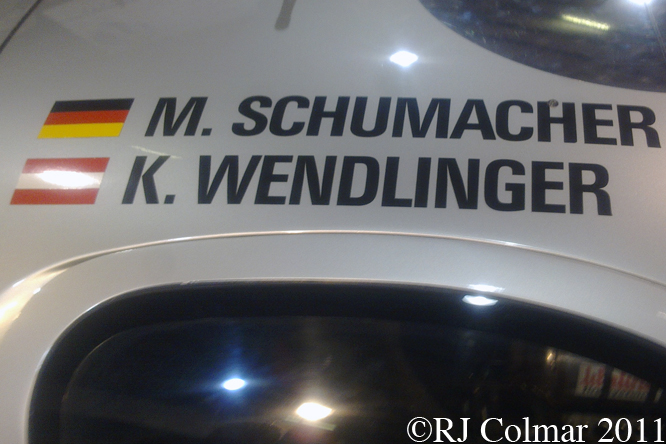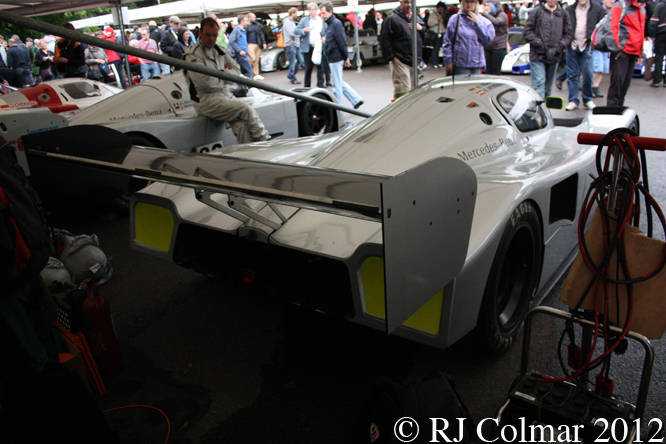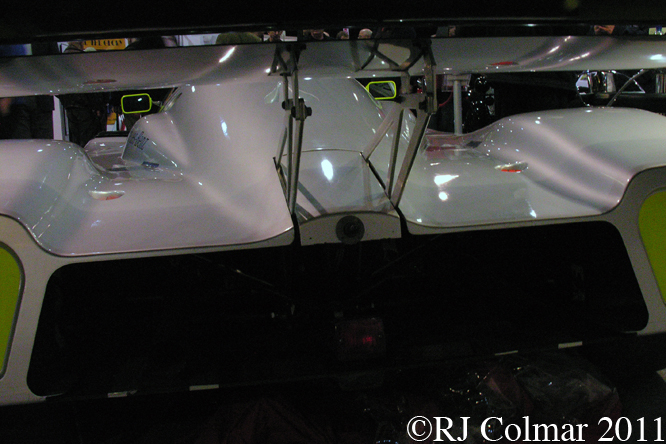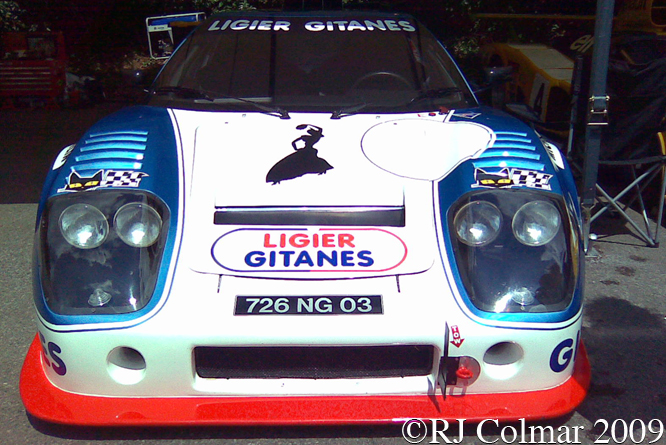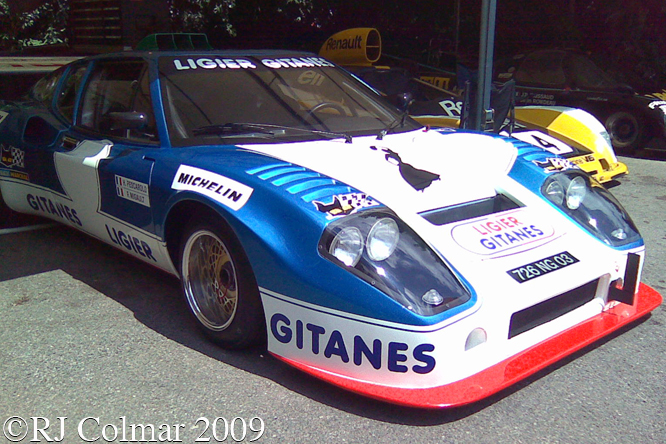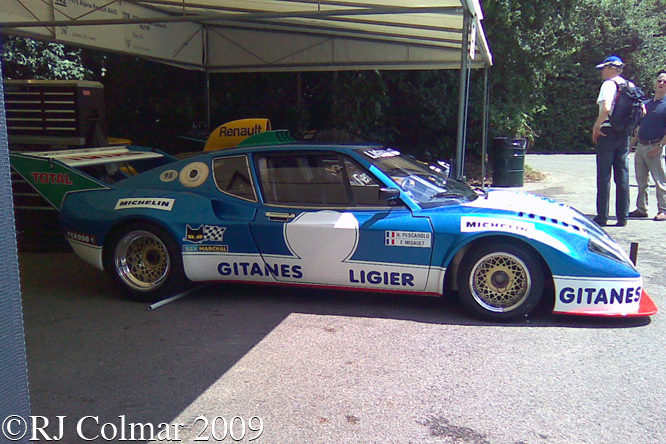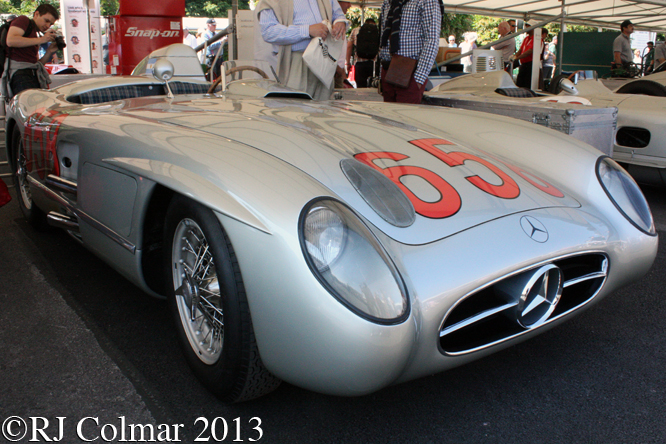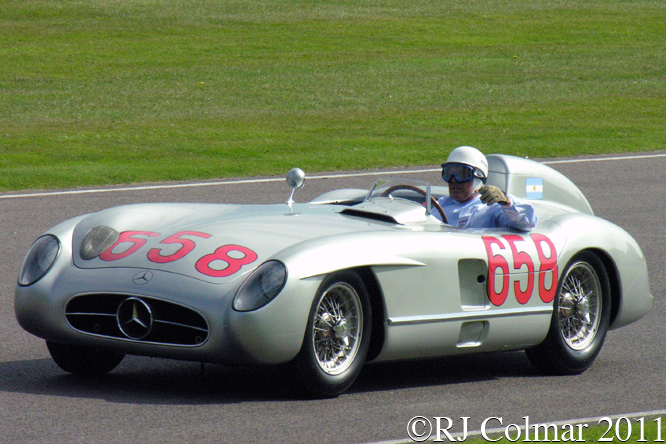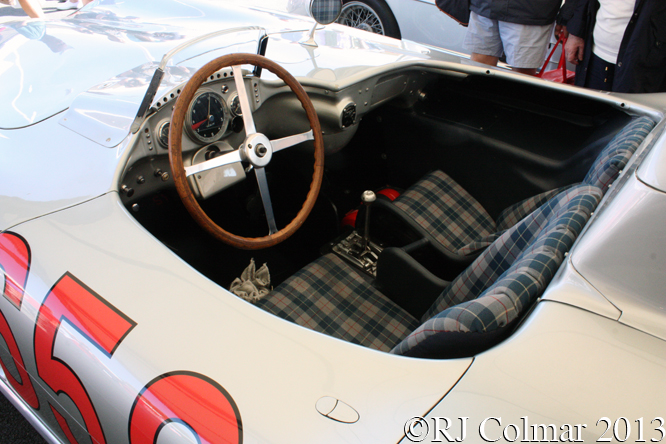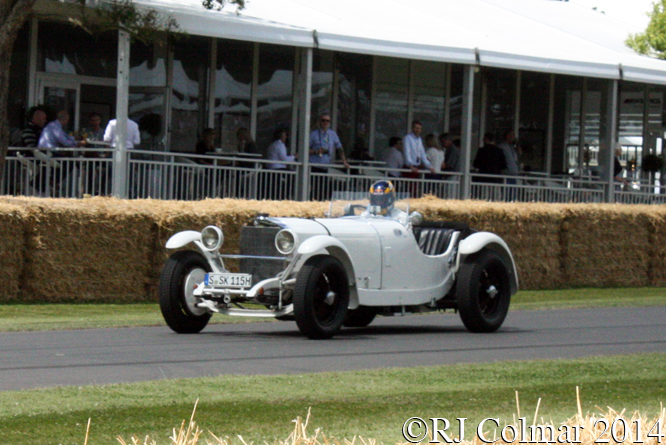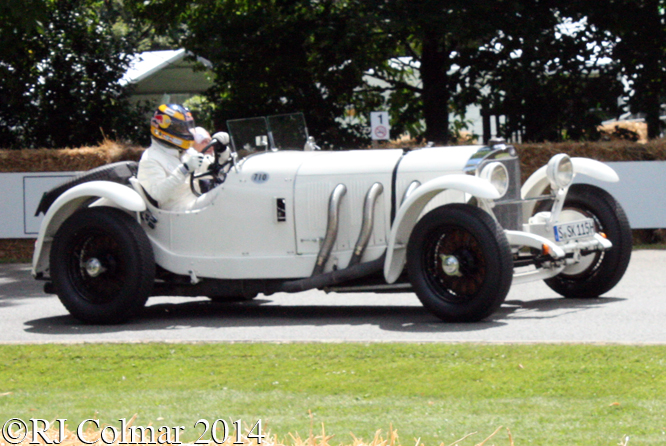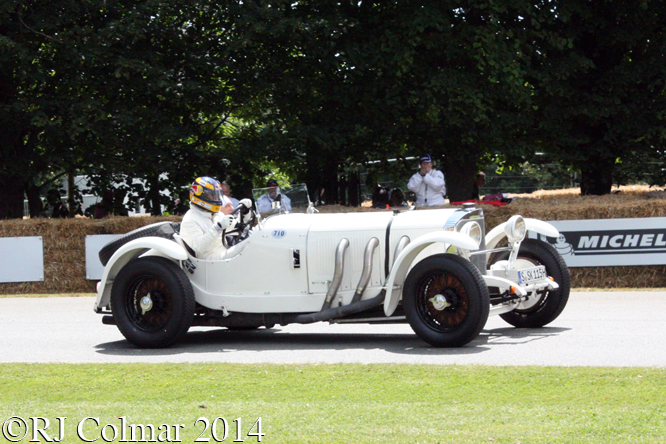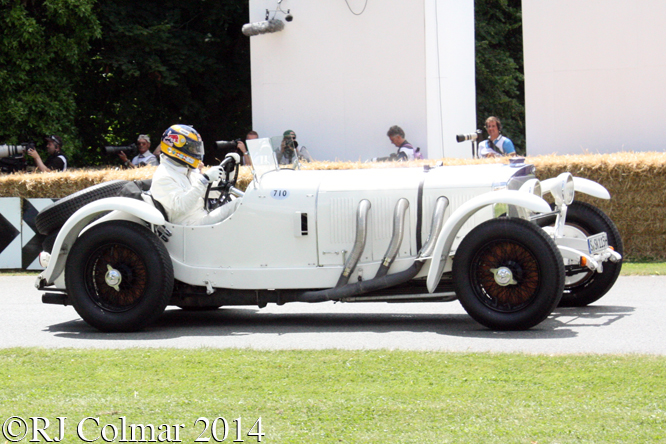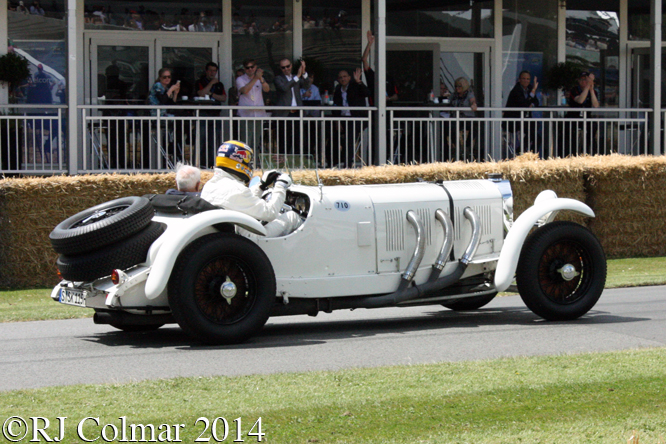Look closely at the photo below and one can clearly see today’s featured car is labeled by Mercedes Benz as a 1998 type CLK-LM, however the Goodwood Programmes for the 2012 and 2014 events when these photo’s were taken clearly describe the car as a 1997 CLK GTR, aside from some minor body work differences the older GTR is powered by a 6 litre / 366 cui M120 60º V12 while the LM is powered by a 5 litre / 305 cui M119 90º V8 variant built especially for reliability in the Le Mans 24 hour race.
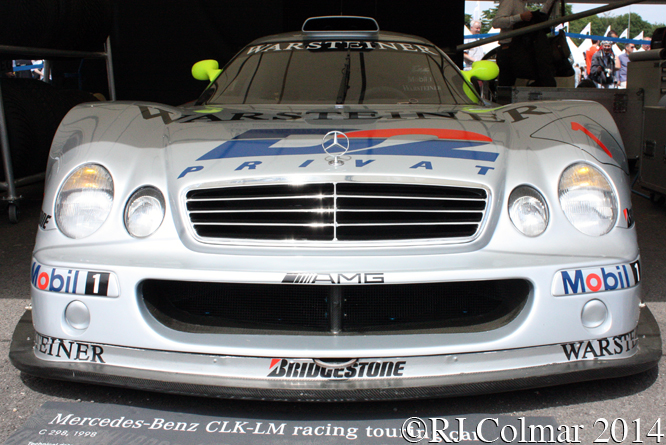
It turns out that as the body work suggests this is a 1997 CLK-GTR but painted up with the 1998 colours worn by the CLK-GTR Bernd Schneider and Mark Webber drove to victory in the 1998 FIA GT Championship at Silverstone which was the last works outing for the V12 CLK GTR’s before the AMG Mercedes team switched to the V8 CLK-LM’s.
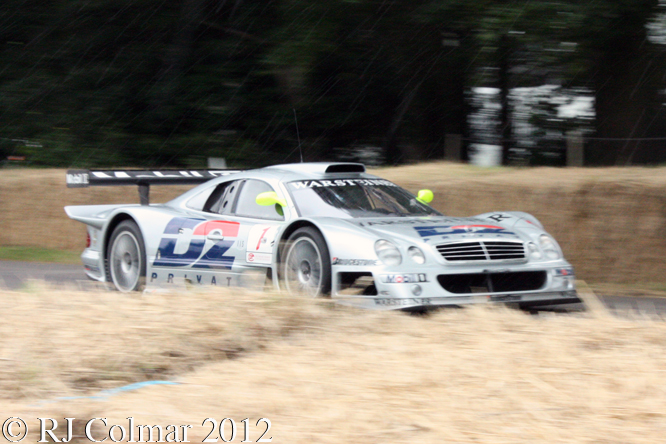
The CLK-GTR was developed for the 1997 FIA GT championship season with the aid of an ex Labre Competition McLaren F1 GTR that was fitted with the M120 V12 and CLK-GTR bodywork that Mercedes intended to use on the chassis of their own design.
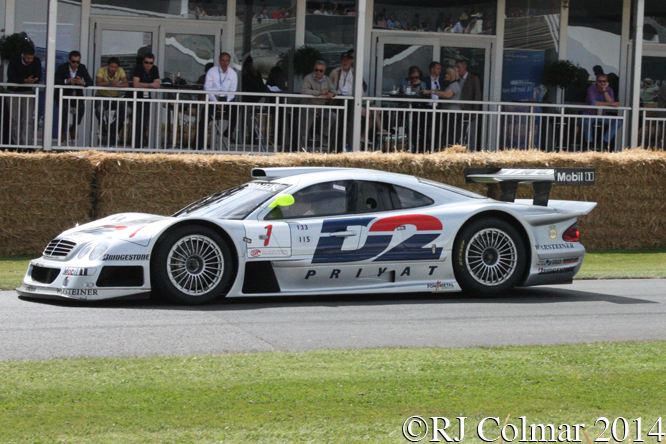
Despite qualifying on pole twice in their opening 3 races a CLK-GTR did not appear in victory lane until Bernd Schneider and Klaus Ludwig, seen driving the car in these photographs, won forth time out at the Nurburgring from the teams third pole position, five further wins followed during the season with Bernd and Klaus sharing victories at Zeltweg where Bernd Mayländer temporarily joined the duo, Sebring and Laguna Seca.
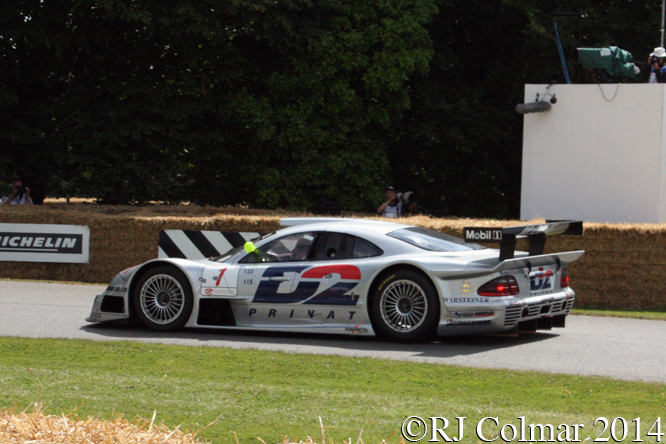
Bernd Schneider also recorded two more victories, with Alessandro Nannini and Marcel Tiemann at Suzuka and Alexander Wurz at Donington which was enough to secure the 1997 FIA GT Championships for Mercedes Benz and Bernd Schneider.
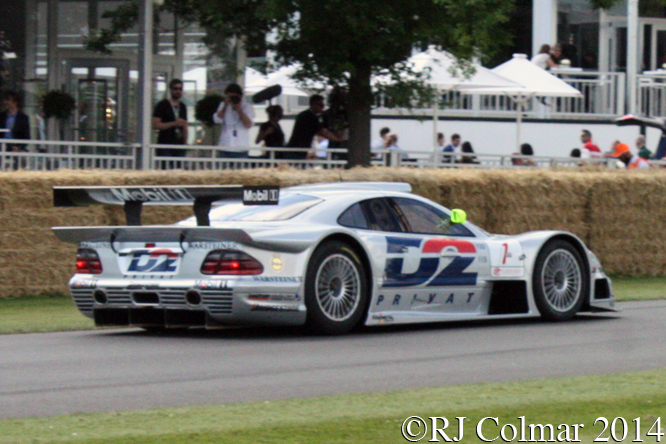
Prior to the CLK GTR’s final Bitish Empire Trophy win at Silverstone Klaus Ludwig and Brazilian Ricardo Zonta drove a GTR to victory in the Oschersleben 500 to ease the way for Mercedes Benz to complete a second FIA GT1 championship with the M119 V8 powered CLK-LM in 1998 which won all eight remaining rounds of the FIA GT Championship with six 1-2 finishes and with which Klaus and Ricardo became joint FIA GT Drivers champions.
Despite the V8 being chosen for it’s supposed durability at Le Mans in 1998 both of the CLK-LM’s retired with engine failure after less than 1/10 of the winning distance completed.
The CLK GTR’s competition career continued through the rest of 1998 with Team Persson Motorsport who’s best result was a 2nd place with Marcel Tiemann and Jean-Marc Gounon sharing a car at Ochlersleben.
Thanks for joining me on this “Four Cylinders Between Friends” edition of “Gettin’ a li’l psychoontyres” I hope you will join me again tomorrow for the last in the current series of Mazda Monday’s. Don’t forget to come back now !


